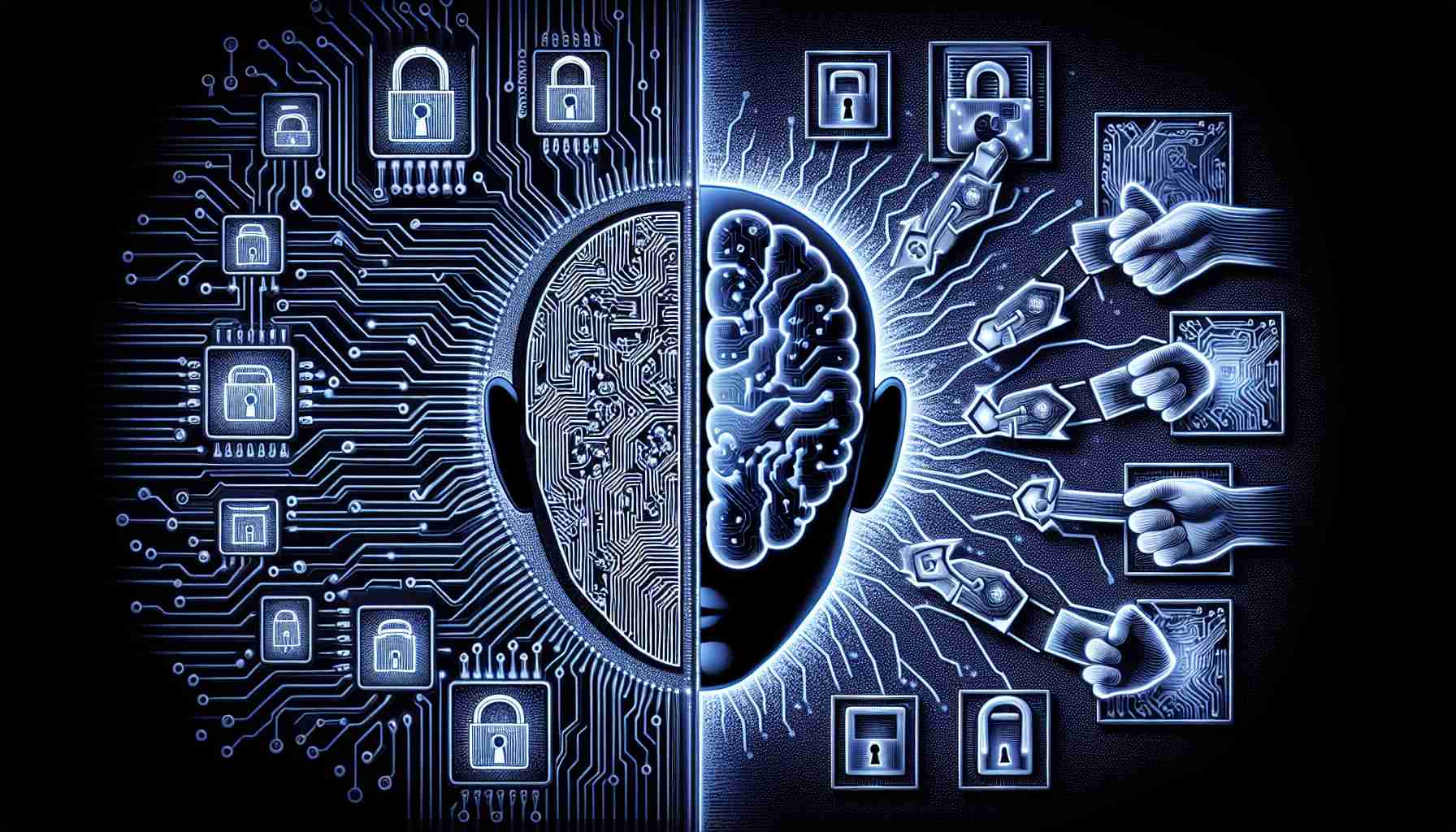Artificial intelligence: indispensable yet a growing cyberthreat? While many of us benefit daily from artificial intelligence, helping us avoid traffic and suggesting what we should purchase next, it is also becoming a double-edged sword in the realm of cybersecurity. Sophisticated AI-driven attacks are now targeting critical sectors, including finance, healthcare, infrastructure, and even the democratic process.
CEO Alexandra Givens of the Center for Democracy & Technology warns against the increasingly deceptive capacity of AI. She articulates a scenario where AI could mimic voices, tricking individuals into believing their loved ones are in danger to extort money, highlighting immediate cyberthreats posed by AI.
Concern among 2,300 security professionals is palpable, with a CyberArk survey revealing 93% are bracing for incoming AI-powered malware. There’s escalating unease about AI’s potential misuse in creating biochemical threats or facilitating the purchase of nuclear weapons, adding to the complexity of future security challenges.
The U.S. government takes decisive steps toward AI regulation The Biden Administration has recognized these concerns, releasing an executive order that outlines new protocols for AI security and safety. This order mandates shared testing results from tech companies, sets standards by federal agencies, and aims to enhance privacy, consumer, and civil rights protections – a preliminary move that anticipates legislative action.
Meanwhile, the United Nations marks a milestone with its inaugural resolution favoring trustworthy AI applications. As U.S. Ambassador Linda Thomas-Greenfield states, dealing with AI’s risks and benefits is a collective endeavor, requiring engagement from all societal segments.
Here are some additional facts, important questions and answers, key challenges or controversies, advantages and disadvantages related to the topic “Artificial Intelligence: A Double-Edged Sword in Modern Cybersecurity”:
Additional Facts:
– AI systems can help detect threats by analyzing vast quantities of network data for patterns that may indicate malicious activity.
– Machine learning, a subset of AI, enables systems to learn from past security incidents and improve threat recognition over time.
– The use of AI can help in predicting and preventing cyberattacks before they occur through behavioral analytics.
– AI-powered security solutions can respond to detected threats in real-time, potentially blocking attacks before they cause significant damage.
Important Questions and Answers:
– How is AI changing cybersecurity? AI is enhancing cybersecurity through automated threat detection, predictive analytics, and response to security incidents, but it’s also introducing sophisticated methods for attackers to use, such as generating more believable phishing messages or automating cyberattacks.
– Can AI replace human cybersecurity experts? AI is not likely to completely replace human experts because human judgement is necessary for complex decision-making and responses. AI acts more as a supportive tool to enhance the efficiency and effectiveness of cybersecurity professionals.
Key Challenges or Controversies:
– Privacy Concerns: The data required to train AI can often include sensitive information, raising concerns about privacy.
– Security of AI Systems: AI systems themselves can be targets of cyberattacks. Attackers may attempt to manipulate AI algorithms through techniques such as adversarial machine learning.
– Regulatory Compliance: As governments attempt to regulate AI, achieving compliance with multiple, and sometimes conflicting, regulations becomes a challenge for organizations.
Advantages:
– AI can process large volumes of data at a pace far exceeding human capability.
– It can improve the accuracy of threat detection and reduce the number of false positives.
– Enables proactive cybersecurity measures and real-time threat response.
– Can help in addressing the cybersecurity skills gap by taking over routine tasks, allowing human experts to focus on more strategic initiatives.
Disadvantages:
– AI can be used by attackers to enhance the effectiveness of their attacks.
– There’s a potential for AI to make mistakes, especially if it has been trained on biased or insufficient data sets.
– Machine learning models require large amounts of data and computing power, which can be expensive.
– The opacity of AI decision-making (“black box” problem) can make it difficult to understand and trust its outputs.
Suggested Related Links:
– For information on governmental AI initiatives and regulations: White House
– To learn more about global AI policy and agreements: United Nations
– On AI in cyberattacks and defenses: CyberArk
– Concerning digital rights and the societal impact of AI: Center for Democracy & Technology
The exploration of AI in cybersecurity is an ongoing process that encompasses striking a balance between leveraging its capabilities for protection and mitigating the risks of its use in malicious hands.

